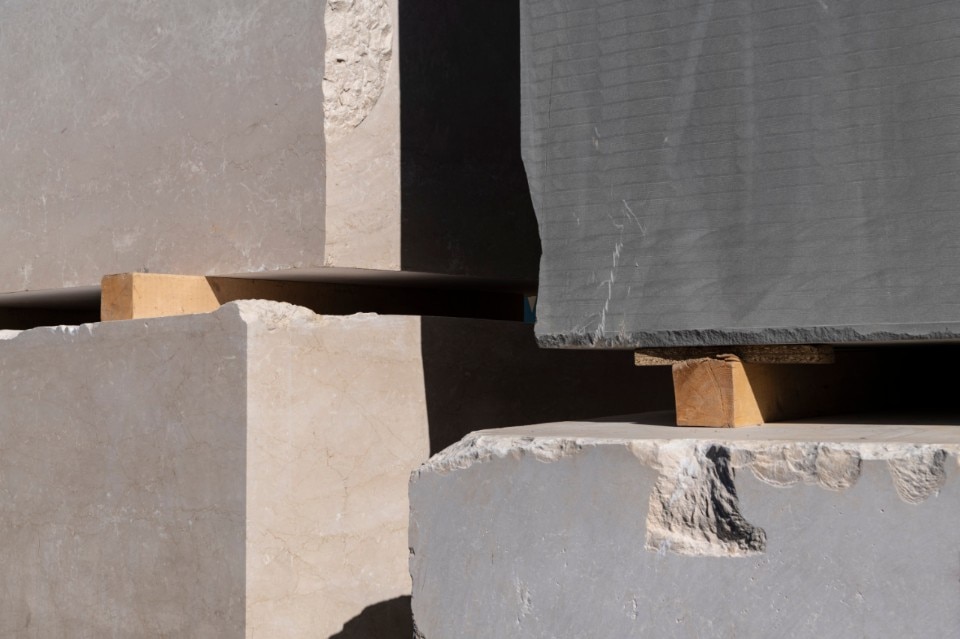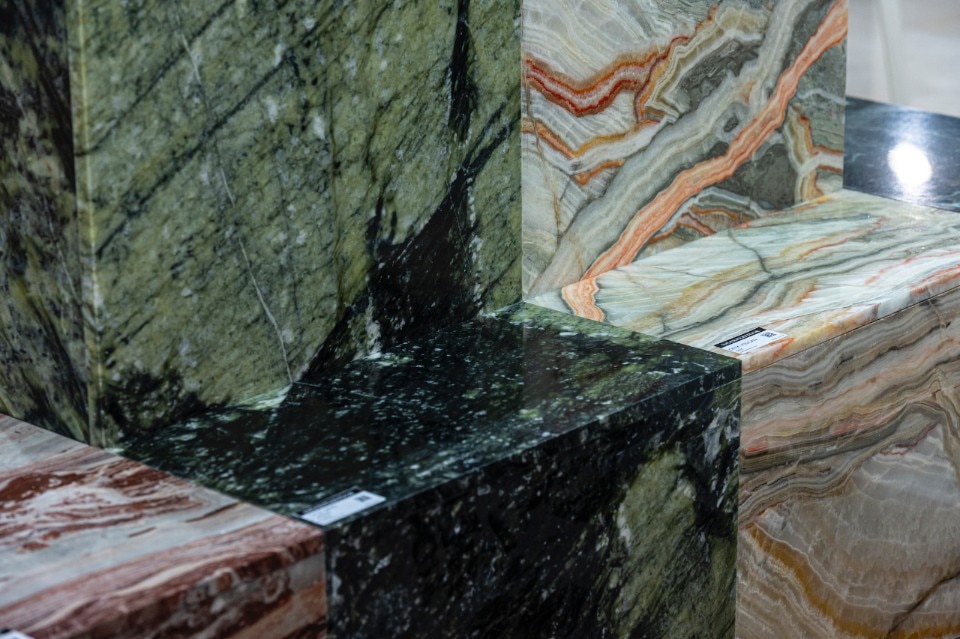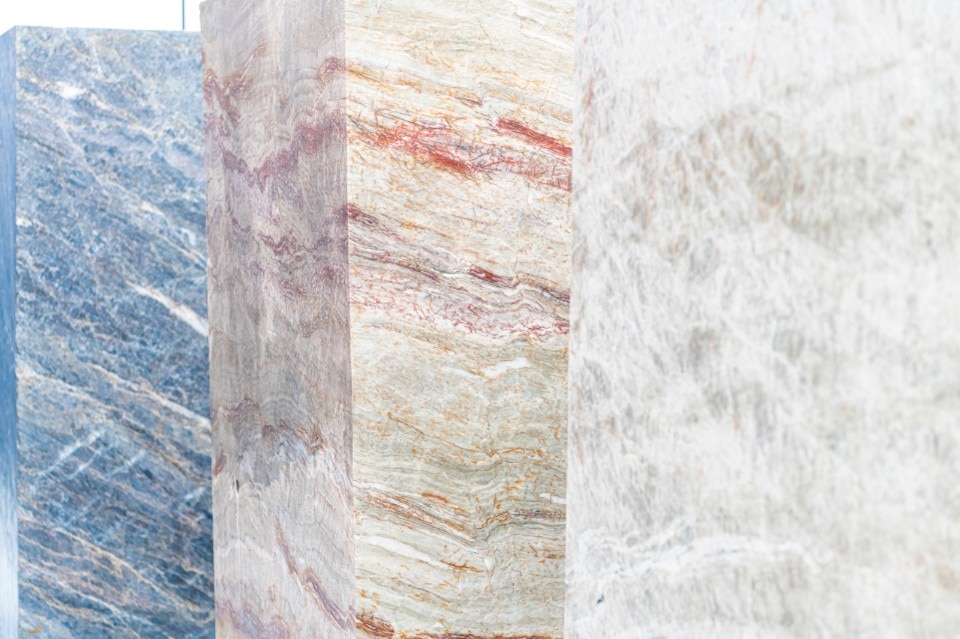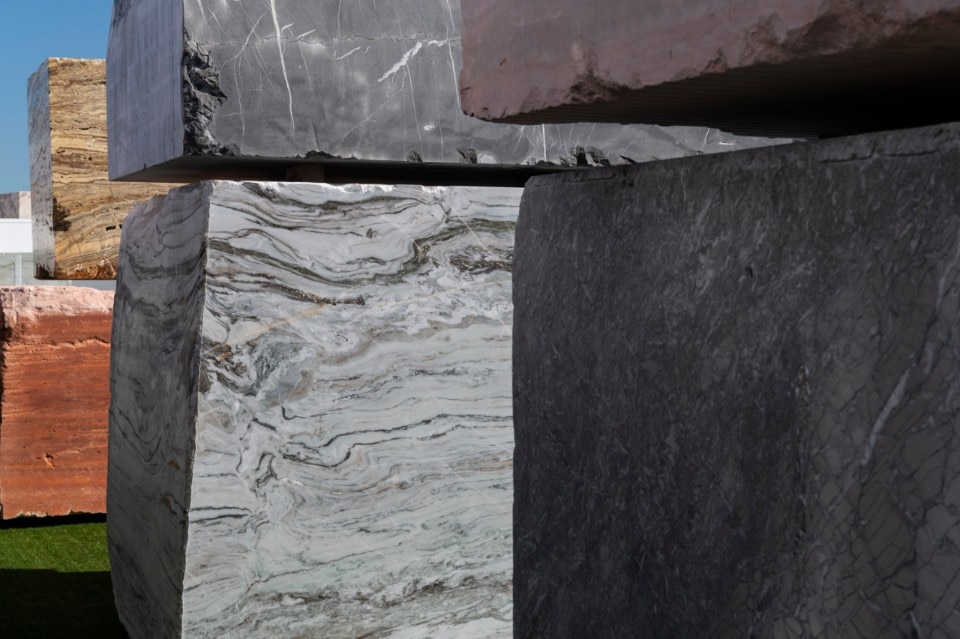Marmomac, the world's most important exhibition dedicated to the world of natural stone, returns to Verona from 29 September to 2 October. The objective is to restart and, among other things, to show that the marble industry is one of the excellences of “Made in Italy”. Besides being a business opportunity, it is also a time to promote the culture of natural stone, a central theme when it comes to design. As Susanna Citrano, an Italian architect based in London with extensive experience in the sector, says: “After I started working with an Italian marble company I realised that, as designers, we have a limited knowledge of stone. Marble is not always the wisest choice, the cost is definitely what determines whether it can be used or not”.
But why should a designer select natural stone as the material of choice today? “Marble has a great durability over time and, unlike ceramics, can be treated. It is a product that from an aesthetic point of view enchances the project in a unique way, showing the effect of nature: each slab is unrepeatable, as are the veins and textures,” explains Citrano, who stresses the importance of the relationship between producer and designer, a synergy that is necessary especially when it comes to a high-end project. “Before selecting a material, it is important to understand its history, for example by visiting the quarry where it comes from and establishing a relationship with the stone. You get closer to nature and consequently develop a kind of regard, of respect for the material. You try to use the material with care, avoiding waste, and highlighting it in the project”. Then there is the knowledge component, as we were saying: manufacturers have a certain responsibility to educate and train architects.
“For an ordinary designer it is normal to opt for Carrara marble, without knowing that there are at least 50 or even 100 types of this variety. From my point of view, I think that today it is necessary to build a privileged relationship between the company and the designer right at the initial stages. There are guides created by the great developers, but it is necessary to take a step forward to build the culture of stone step by step”.









